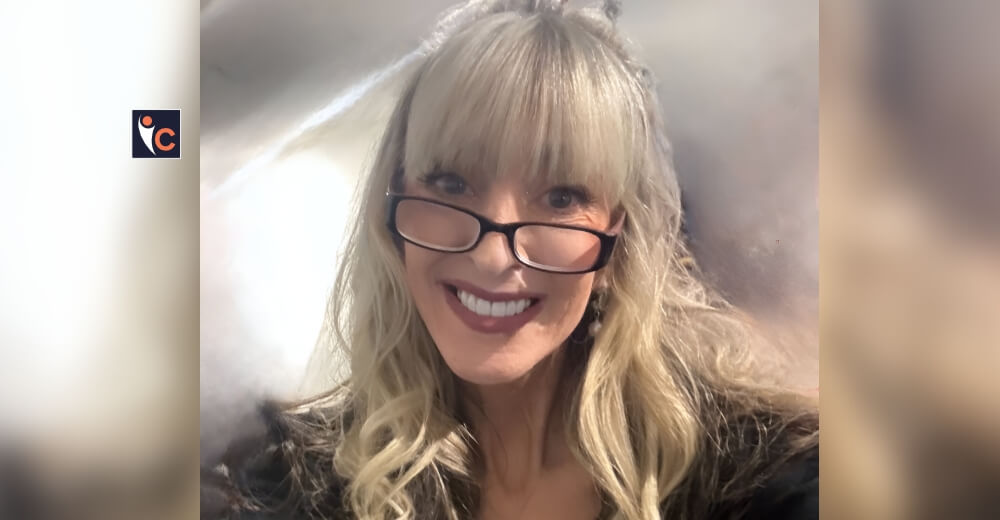Telehealth is critical to providing care to patients while reducing the risk of infection and transmission of COVID-19 among medical staff, patients, and family caregivers. Providers are using telehealth apps to quickly communicate critical information to their patients and safely continue the delivery of care during this time. Virtual visits and secure messaging enables providers to discuss patient progress, reinforce the care plan, drive compliance, and include family caregivers who may not be able to visit their social-distancing or quarantined loved one.
McKinsey & Company recently highlighted that patients and providers are on-board with telehealth. Adoption has skyrocketed with 46 percent of US consumers using telehealth vs. 11 percent in 2019. Providers have expanded the footprint of their practice beyond the traditional office and are now virtually seeing 50 to 175 times the number of patients than they did before. McKinsey estimates that up to $250 billion of current US healthcare spend could potentially be virtualized.
“I think the genie’s out of the bottle on this one,” CMS Administrator Seema Verma said in April. “I think it’s fair to say that the advent of telehealth has been just completely accelerated, that it’s taken this crisis to push us to a new frontier, but there’s absolutely no going back.” In mid-June, she penned a CNN op-ed piece and stressed that “telehealth will remain an important tool, but some areas of the country should also begin resuming in-person care for those who need operations, procedures, preventive care, or evaluation for chronic conditions.”
As in-person care delivery starts to resume, patients will still expect to have more virtual care options based on their interest, usage and satisfaction with telehealth amid the pandemic. However, it is important to remember that HIPAA-compliant requirements have only been temporarily waived. Organizations need to ensure they have a HIPAA-compliant platform that helps them facilitate virtual care today and continues to protect patients (and their organizations) in the near future. Despite personal use of ad hoc video suppliers, home health agencies should leverage a HIPAA-compliant virtual care / telehealth platform which ensures the end-to-end security of communications and also has measures in place to prevent the accidental or malicious compromising of PHI. A safe and secure platform is even more critical if/when a potential second wave of COVID-19 cases occurs in addition to an expected influx of patients as elective procedures cautiously resume.
Providers value HIPAA-compliant telehealth apps in order to safely continue care during the coronavirus pandemic and set themselves up for success as the country moves into the next phase of healthcare delivery. With virtual care, these forward-thinking organizations are able to safely engage patients by:
- Conducting virtual assessments while the patient remains at home. It may challenging to initially differentiate between the flu and the coronavirus depending on the patient’s symptoms and hospitals may already be overwhelmed with new cases.
- Conducting virtual visits with patients to ensure continuity of ongoing care in a safe, compassionate, and convenient manner. Virtual visits keep patients at-home and on track with their treatment while protecting staff who may have limited PPE.
- Sending out COVID-19 updates to all of their patients so they continue to receive vital information regarding the coronavirus and preventative measures. Condition-specific messaging can also be sent out so patients can receive timely, educational information about their existing condition(s) and overall well-being.
- Providing virtual access to their staff in order to minimize patients’ stress of feeling lonely or socially isolated especially if they are required to be home.
- Continuing to care for patients who are denying in-person service whether at home or in a facility which is restricting in-person service.
- Supporting the expected surge of patients recovering from elective procedures and caring for the community if/when a second wave of COVID-19 patients occurs.
Amy Berman, senior program officer at the John A. Hartford Foundation, highlighted that one of the key benefits of a telehealth / virtual care communication platform is its ability to empower providers, patients and family caregivers. According to Berman, family caregivers are typically unpaid and provide more hours of support vs. paid caregivers; providers can use new technology help them and therefore reduce their mutual burden. Berman shared, “that is an essential part of what I see of the future of telehealth as well – not just the bells and whistles and all the gadgetry – but the ability to access – in a timely way – information.”
Virtual care and telehealth are no longer seen as merely an innovative method of delivering healthcare; technology is now indispensable to protecting patients, staff, and PPE resources amid the coronavirus pandemic. In a recent Harvard Medical School blog, Lee H. Schwamm, MD, shared that “telehealth, the virtual care platforms that allow health care professionals and patients to meet by phone or video chat, seems tailor-made for this moment in time… The current crisis makes virtual care solutions like telehealth an indispensable tool.” He believes that the role of telehealth is vital to our country as “it can help flatten the curve of infections and help us to deploy medical staff and lifesaving equipment wisely.”
This is a critical time for the healthcare of our nation and a watershed moment for telehealth. Providers are already caring for COVID-19 patients and now preparing to also ease the burden facing the hospitals in their communities. In order to effectively serve as the front line, all health care settings and professionals should embrace telehealth and its ability to safely provide clinical and compassionate care – when needed most during these times. As an industry, we collectively point out that the most obvious sign that telehealth is widely accepted is the dropping of the “tele” prefix. Regardless of how/when we reach the tipping point, telehealth is poised to move into the mainstream, optimizing outcomes for all involved.
About the Author
AnnaMaria M. Turano is the Vice President of Marketing for Synzi. She was previously with Stratus Video as the Vice President of Marketing and led the effort to spin-off the Telehealth division and rebrand the new company as Synzi. Prior to her client-side roles, AnnaMaria co-founded MCAworks, a strategic marketing consulting firm advising Fortune 500 companies on developing growth strategies. She is the co-author of Stopwatch Marketing: Take Charge of the Time When Your Customer Decides to Buy (Portfolio: 2008) and a featured contributing author to Shopper Marketing (Kogan: 2010; 2012).















